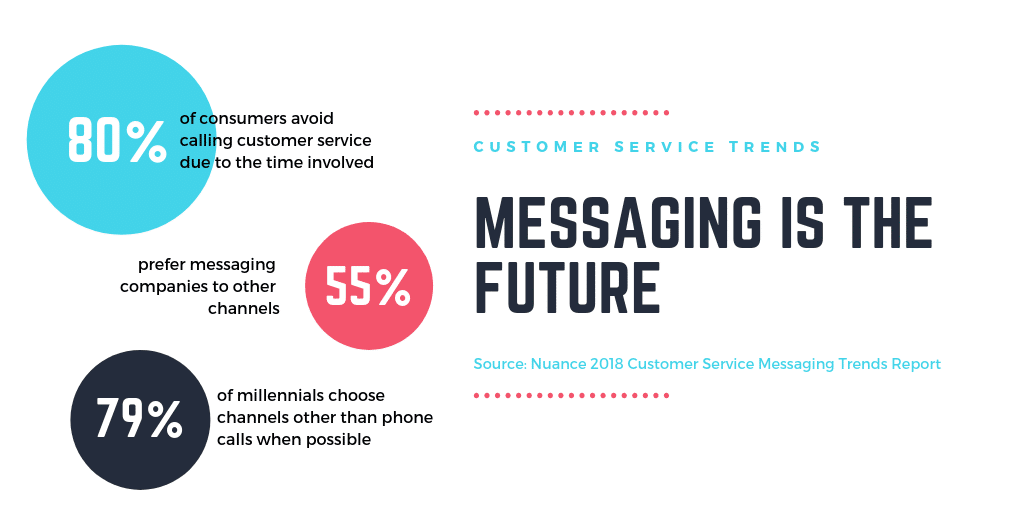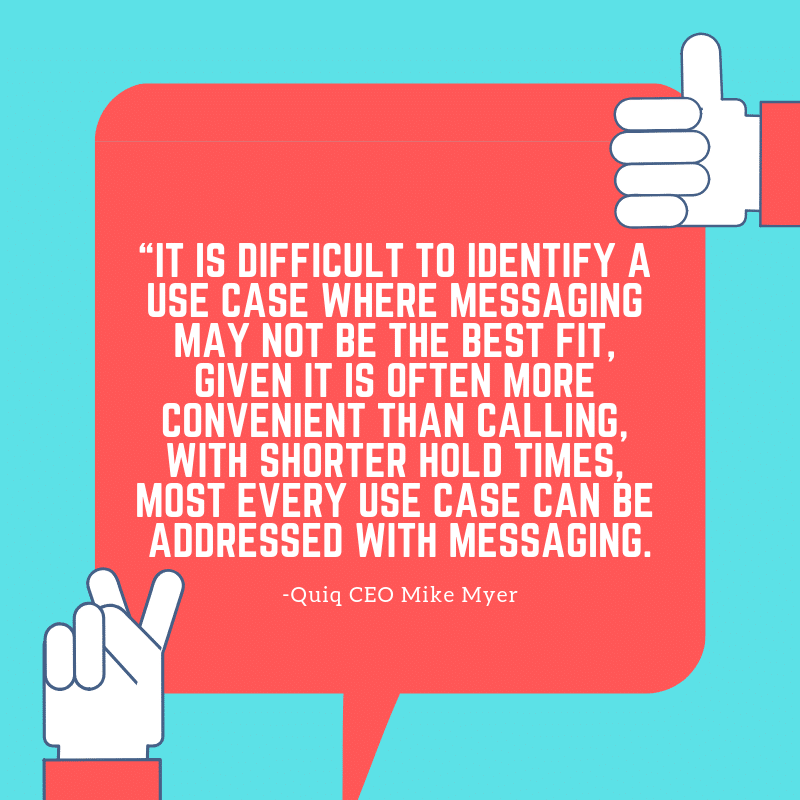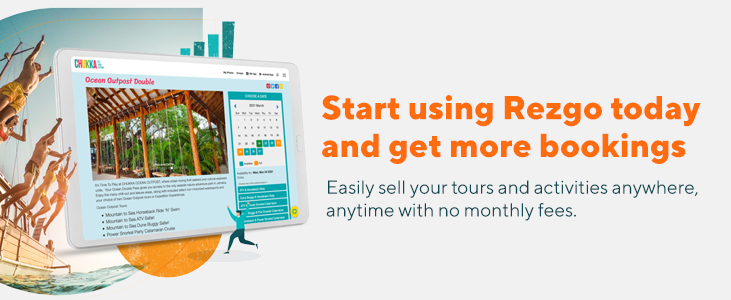In 2016, The Guardian published a statistic that alarmed customer-centric companies everywhere: while 75 percent of UK adults owned smartphones, a full quarter of them never, ever used them for phone calls. If your customers aren’t willing to pick up the phone when they have a problem, how can you help them? Slowly, over email? Publicly, on social media?
But over the last few years, a new customer service channel has elbowed past the others. Mobile messaging apps aren’t just popular, they’re practically ubiquitous. In 2018, over 2 billion people use mobile messaging apps, and that number is climbing fast.
According to the 2018 Customer Service Messaging Trends Report, commissioned by Nuance Communications, over 55 percent of consumers prefer to use messaging to communicate with companies — and almost 80 percent of millennial consumers would do just about anything to avoid contacting companies by phone. If the only alternatives you offer are your public social media accounts, customers will happily air their complaints to an audience, but mobile messaging is a better solution for everyone involved.
Mobile Messaging is Huge
So, what are we talking about when we talk about mobile messaging apps? You’re probably already familiar with one of the most popular options: Facebook Messenger. With the introduction of Messenger for Business in 2015, Facebook put live chat in the hands of everyone who had a company Facebook page, and customers have been demanding that sort of near-instant interaction ever since.
But Facebook isn’t the only mobile messaging option around. In fact, it’s not even the most popular. That honor goes to WhatsApp (acquired by Facebook in 2014), which saw 450 million daily active users last quarter. Then there’s WeChat, QQMobile, LINE, imo, and many, many more. It’s multi-billion user market, so there’s lots of room for competition.
Mobile messaging apps allow users to chat with each other one-on-one or in groups from their smartphones. They often let users share stickers, photos and other media, too.
According to Quiq, a company that facilitates mobile messaging for its clients, customer satisfaction is notably higher for messaging than traditional phones — 90 percent for messaging compared to 77 percent for phones. Talking to Forbes, Quiq CEO Mike Myer said,
“The convergence of consumer demand for messaging coupled with the opening of messaging platforms for business use, like WhatsApp and Apple Business Chat, will create an imperative for companies to adopt consumer messaging this year. In the end, the consumer wins. They will be able to connect with service or support on their own terms, via their preferred communication channel. Not only will customers be happier, but companies will be more effective versus traditional phone and email customer service channels.”
Consumers love them, and companies increasingly do, too. That’s why most of these services have moved to offer business-specific accounts with enterprise-level features, like analytics, broadcast messages, advertising integration or customer management.
Messaging Saves Time
One of the main reasons companies are flocking to mobile messaging is that they save significant time without compromising the customer experience. The reason for this is simple.
Phone calls and in-person customer service are synchronous activities, requiring both parties to participate simultaneously. You’re engaged with one person until they’re ready to wrap up the interaction, and you can’t do anything but help them. Email is the asynchronous — sent off by one person at one time, and received and answered later by another. You can help many people in a short period of time, but your answer may arrive well after the impulse to book has passed.
Mobile messaging falls between these two states. Conversations are often live, but they don’t demand your full attention. You’re limited only by your typing speed and your ability to keep track of multiple conversations. Customers get the quick feedback they crave, but you’re not stuck dealing with them and them alone for an indeterminate length of time.
Messaging services often support automated responses, too. Chatbots or simple autoresponders can ensure that customer messages aren’t lost when you’re offline, and that customers aren’t left to wonder when they’ll hear back.
Messaging Encourages Loyalty
For customers, messaging can be a powerful relationship builder. Phone calls are an event — a customer needs to be prepared, and that can put them in a combative mood, particularly after waiting through busy signals or holds. A message can be sent more casually, especially when it’s sent in an environment they’re already comfortable in, like the chat service they use daily.
By interacting one-on-one, you give customers the opportunity to connect with your brand, to feel valued and seen.
Messaging Simplifies Customer Service
Smartphones are powerful tools, but when we use them as phones, we’re barely scratching the surface of what they can do. How many times have you had to halt a customer service exchange on the phone to ask a customer to forward an email or send a copy of a ticket or a receipt?
With mobile messaging, you and the customer are both free to react to the changing needs of the conversation without leaving the conversation. A customer can pop over to an email app without accidentally disconnecting the call, or take a photo of a ticket and drop it directly in your chat. No more drawn-out back and forth.
Mobile messaging is a timesaver and a loyalty builder. It’s also here to stay for the forseeable future. It’s just one of several channels your tour and activities company should support — there will always be customers who don’t adopt new technology — but it’s a big one, and it’s right there waiting for you.
Search The Blog
Most Popular Articles
- 16 Innovative Tourism Business Ideas and Trends for 2025
- Your Marketing Mix: the 7 Ps of Travel and Tourism Marketing
- How to Create a Business Plan for Your Tour or Travel Company
- 10 Strategies to Increase Sales and Revenue in Tourism
- How to Manage a Tour Business by Focusing on Operations, Bookings, and Growth Strategies







